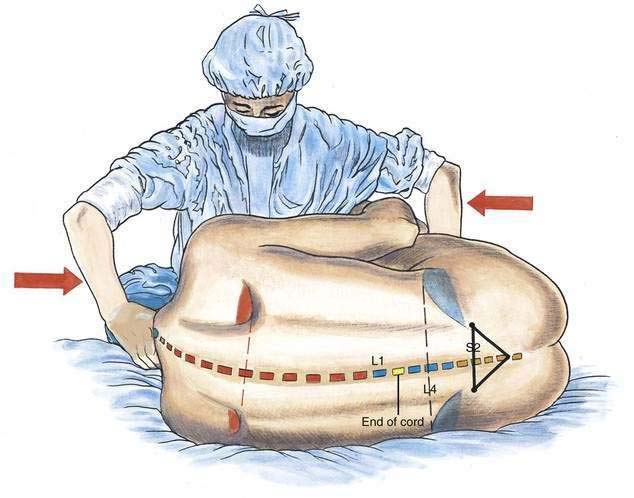
Many types of medication can ease pain during labor and delivery. Epidural and spinal blocks are common choices but you have other options, too. Work with your healthcare team to make the best decision for you and your baby.
In general, there are two types of pain-relieving drugs:
1) analgesics
2) anesthetics.
Analgesics relieve pain without total loss of feeling or muscle movement. They are used to lessen pain but usually do not stop pain completely. Anesthetics block all feeling, including pain.
Systemic analgesics act on the whole nervous system, rather than a specific area, to lessen pain. They will not cause you to lose consciousness. These medications often are used during early labor to allow you to rest. Systemic analgesics usually are given as a shot. Depending on the type of medication, the shot is given into either a muscle or a vein. In patient-controlled analgesia, you can control the amount of medication you receive through an intravenous (IV) line. This is a small tube that is placed into a vein through which medications or fluids are given.

Systemic pain medicine can have side effects, such as nausea, feeling drowsy, or having trouble concentrating. Sometimes another drug is given along with a systemic analgesic to relieve nausea. Systemic analgesics can affect the baby’s heart rate temporarily. It can be more difficult to detect fetal heart rate problems when these drugs are used. High doses of these drugs can cause you to have breathing problems and also can slow down the baby’s respiratory system, especially right after delivery.
Local anesthesia is the use of drugs that affect only a small area of the body. Local anesthetics provide relief from pain in that area. Local anesthetics are injected into the area around the nerves that carry feeling to the vagina, vulva, and perineum. The drugs are given just before delivery. They also are used when an episiotomy needs to be done or when any vaginal tears that happened during birth are repaired.
Regional analgesia and regional anesthesia act on a specific region of the body. Depending on the types of drugs that are used, they can lessen or block pain below the waist. They include the epidural block, spinal block, and combined spinal–epidural (CSE) block.
General anesthesia puts you to sleep during the birthing process. While safe, general anesthesia is rarely used and only during emergencies because it prevents you from seeing your child immediately after birth.

An epidural block (sometimes referred to as “an epidural”) is the most common type of pain relief used during labor and delivery in the United States. In an epidural block, medication is given through a tube placed into the lower back. An epidural block can be used during labor and for a vaginal birth that requires the use of forceps or vacuum extraction or cesarean delivery. You’ll be asked to sit or lie on your side with your back curved outward during the procedure. Medication is then injected into a small space outside the spinal cord in the lower back (epidural space). You might be given a test dose of medication to make sure the epidural is positioned correctly. It takes 10 to 20 minutes for the medication to take effect.

Although it is rare, an epidural block can cause the following side effects:
Serious complications with epidurals are very rare:
A spinal block like an epidural block is a form of regional pain relief. A small amount of medication is injected into the spinal fluid. Depending on the drugs used, it can be used for regional analgesia or anesthesia. It starts to relieve pain quickly, but it lasts for only an hour or two.

Risks of a spinal block
A spinal block can cause the same side effects as an epidural block.
A CSE block is another form of regional pain relief. It has the benefits of both a spinal block and an epidural block. The spinal part acts quickly to relieve pain. The epidural part provides continuous pain relief. Lower doses of medication can be used with a CSE block than with an epidural block for the same level of pain relief.
Risks of a CSE block
A CSE has the same risks as an epidural block.
It is the most powerful creation to have life growing inside of you.There is no bigger gift